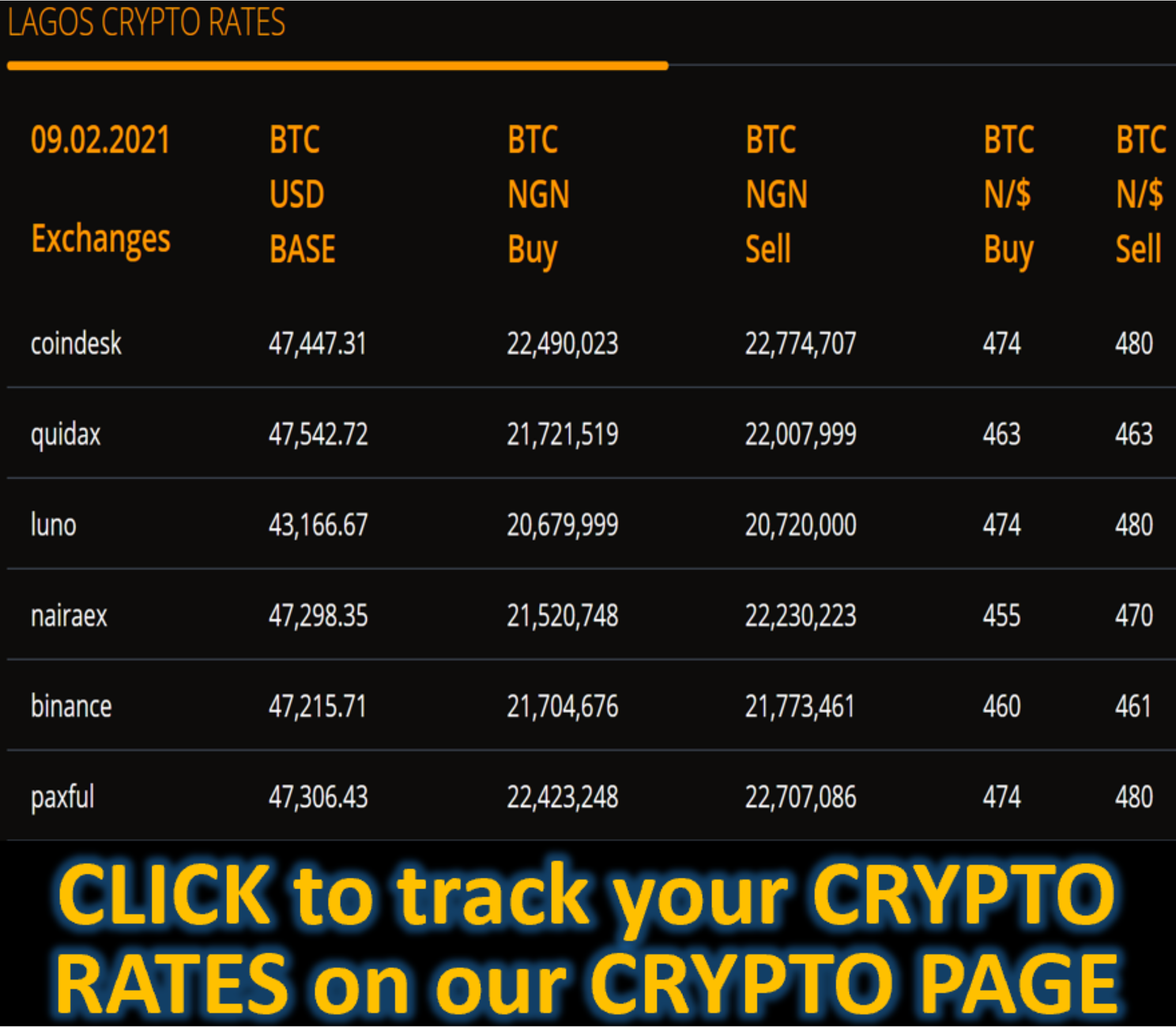Market News
Dollar Suffers Its Worst Month Since 2023 as Bullish Bets Recede - BLOOMBERG
Anya Andrianova
(Bloomberg) -- The dollar is headed for its worst month in over a year as US economic expansion is threatened by President Donald Trump’s tariff policies.
The Bloomberg Dollar Spot Index is down over 4% from its intraday peak on Feb. 3 as false starts for tariffs have traders betting against the dollar. It’s a major about-face from earlier this year as investors initially thought the Trump administration’s plans would support the world’s reserve currency.
“We’ve gotten the negatives from Trump’s policies without the positives: slower US data, fading hopes of additional US stimulus, erratic tariff policies and an unexpected large European response,” Skylar Montgomery Koning, a currency strategist at Barclays Plc., said.
A growing number of investors are turning negative on the dollar as data points to a cooling US economy at the same time as Europe ramps up spending. Consumer confidence in the US fell in March to the lowest level in four years, according to new data on Tuesday.
Speculative traders flipped to wagering against the greenback the week ending March 18 after being the most dollar bullish in mid-January ahead of the inauguration, according to Commodity Futures Trading Commission data.
Bill Campbell, portfolio manager at DoubleLine Capital, said he is more dollar neutral in the near term, though “a little skewed toward bear.” He said that before the inauguration investors were waiting to see which one of Trump’s campaign promises would be delivered first, but the president is working on so many things at once that it brings a lot of “executional risks,” said Campbell.
So far in March, the dollar index fell 2.2%, the most since November 2023, even as the prospect of tariffs in early April loom. The gauge was down 0.2% on Tuesday.
“At the start of the year, the market was confident that incoming tariffs would prove dollar-positive,” said Deutsche Bank macro strategist Tim Baker. “But it’s the US data where tariff fears are cropping up — not other countries.”
Montgomery Koning of Barclays said she moderated dollar strength expectations ahead of April 2, when the delayed US levies against Canada and Mexico as well as other reciprocal tariffs are slated to go into effect. Hedging costs in currency markets have already shifted higher ahead of that crucial date.
Beyond Canada and Mexico, Trump and Treasury Secretary Scott Bessent said they are considering non-tariff levies and regulations on the so-called ‘dirty 15’ countries — a move that has further implications for the dollar.
Countries in the crosshairs of US tariffs are working on offering concessions or other measures after Trump signaled that some nations will receive breaks from next week’s reciprocal tariffs.
Tariff delays and a weaker US currency have helped to support the Canadian dollar over the past two weeks. The Mexican peso has also advanced against the US dollar in March.
Last week, currency strategists at Citigroup Inc. lowered their US dollar forecast over the next six to 12 months, citing the greenback’s recent slump and potential improvement in Europe and China.
Credit Agricole CIB strategists also expect the dollar to weaken more than previously anticipated in the coming months. “We have underestimated the extent to which the prospects for a US-led global trade war, together with public sector layoffs and immigration restrictions could hurt the near-term US economic outlook,” they wrote in a note.
--With assistance from Carter Johnson.









